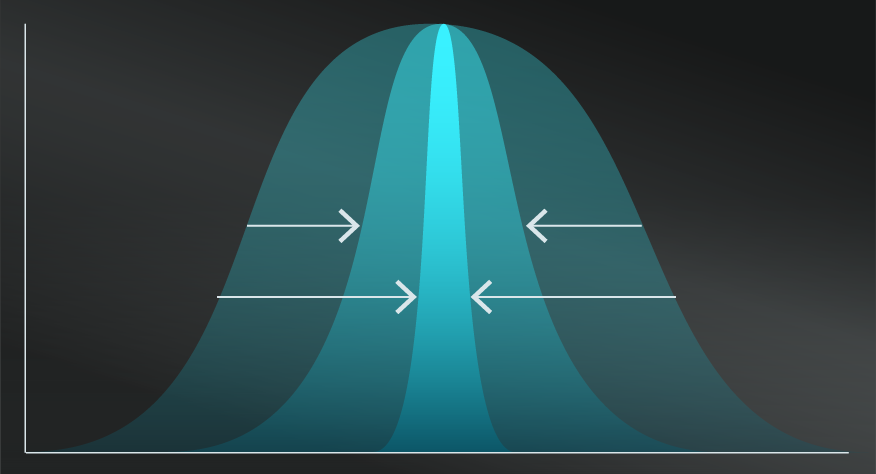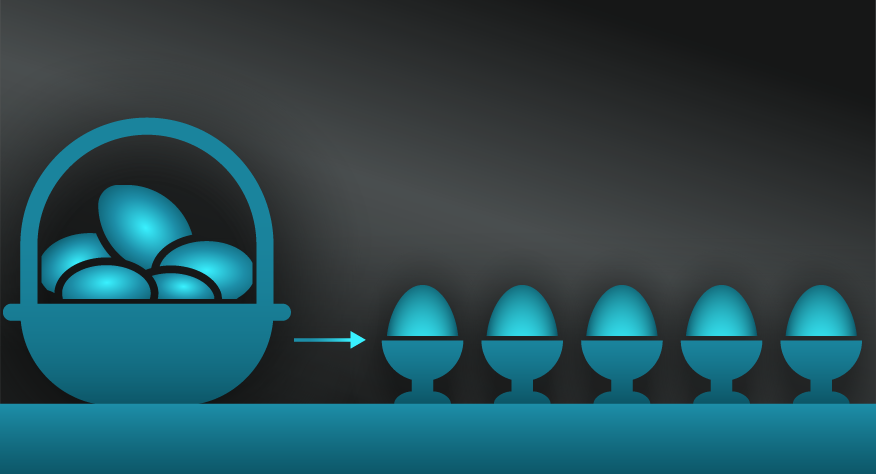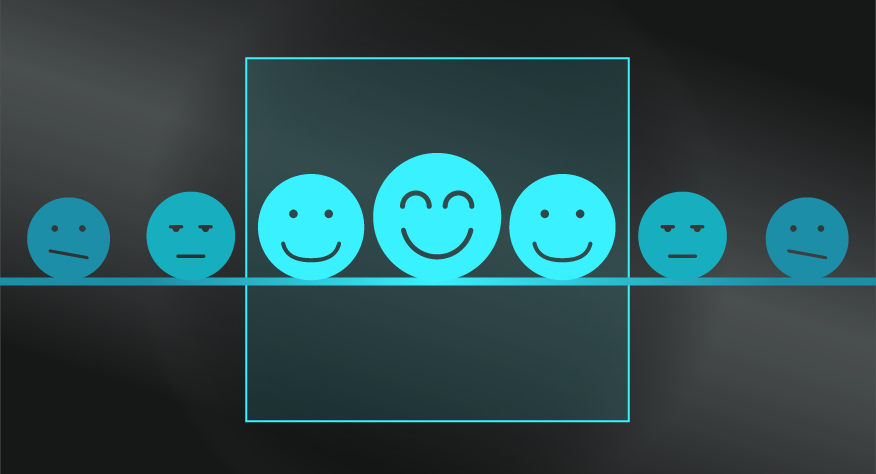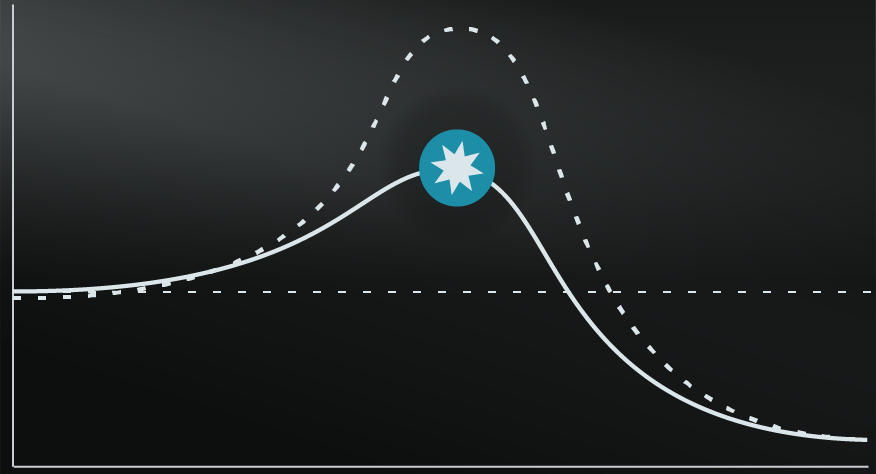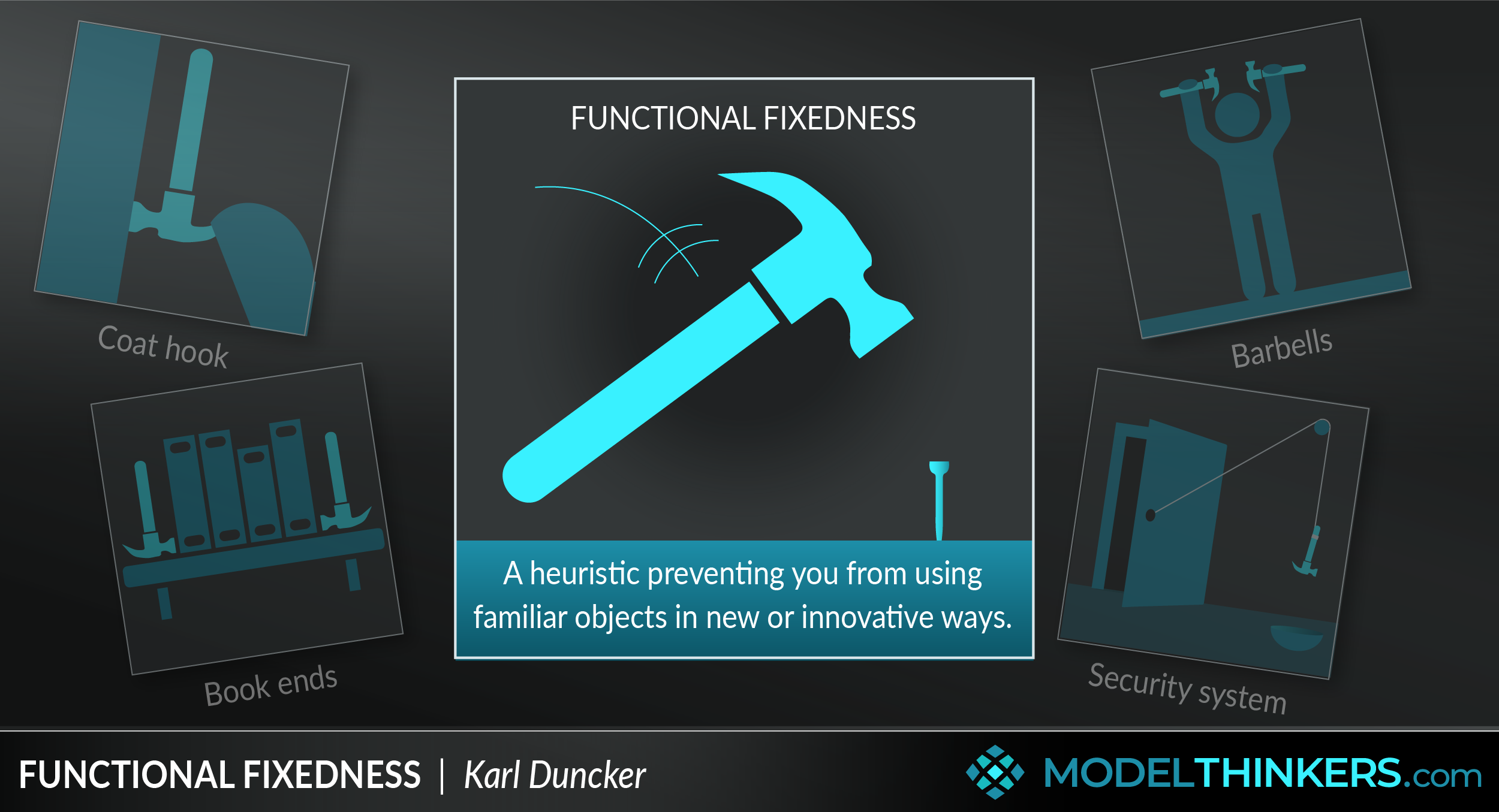

 0 saved
0 saved
 11.6K views
11.6K views








Things were better when you were 5-years-old.
According to the research, that’s the age when you most use ...
Lorem ipsum dolor sit amet, consectetur adipiscing elit. Hi curatione adhibita levantur in dies, valet alter plus cotidie, alter videt. Antiquorum autem sententiam Antiochus noster mihi videtur persequi diligentissime, quam eandem Aristoteli fuisse et Polemonis docet. Quod idem cum vestri faciant, non satis magnam tribuunt inventoribus gratiam. Quo modo autem optimum, si bonum praeterea nullum est? Si enim ita est, vide ne facinus facias, cum mori suadeas. Illa argumenta propria videamus, cur omnia sint paria peccata. Compensabatur, inquit, cum summis doloribus laetitia. Quid de Platone aut de Democrito loquar?
Sed tempus est, si videtur, et recta quidem ad me. Duo Reges: constructio interrete. Sit hoc ultimum bonorum, quod nunc a me defenditur; Conferam avum tuum Drusum cum C. Piso, familiaris noster, et alia multa et hoc loco Stoicos irridebat: Quid enim? Quod eo liquidius faciet, si perspexerit rerum inter eas verborumne sit controversia. In his igitur partibus duabus nihil erat, quod Zeno commutare gestiret. Atque hoc loco similitudines eas, quibus illi uti solent, dissimillimas proferebas. Illa argumenta propria videamus, cur omnia sint paria peccata. Age, inquies, ista parva sunt.
Respondent extrema primis, media utrisque, omnia omnibus. Potius ergo illa dicantur: turpe esse, viri non esse debilitari dolore, frangi, succumbere. Itaque hic ipse iam pridem est reiectus; Ut id aliis narrare gestiant? Nam quibus rebus efficiuntur voluptates, eae non sunt in potestate sapientis. Si longus, levis dictata sunt. In schola desinis. Beatus autem esse in maximarum rerum timore nemo potest. Somnum denique nobis, nisi requietem corporibus et is medicinam quandam laboris afferret, contra naturam putaremus datum; Nam aliquando posse recte fieri dicunt nulla expectata nec quaesita voluptate.




-
Seperate the task from the solution.
It’s all too ...
Lorem ipsum dolor sit amet, consectetur adipiscing elit. Torquatus, is qui consul cum Cn. Quae cum essent dicta, discessimus. Eam si varietatem diceres, intellegerem, ut etiam non dicente te intellego; Universa enim illorum ratione cum tota vestra confligendum puto. Duo Reges: constructio interrete. Quid ergo aliud intellegetur nisi uti ne quae pars naturae neglegatur?
Ut in geometria, prima si dederis, danda sunt omnia. Et quidem iure fortasse, sed tamen non gravissimum est testimonium multitudinis. Quamquam in hac divisione rem ipsam prorsus probo, elegantiam desidero. Quid, si non sensus modo ei sit datus, verum etiam animus hominis? Etenim nec iustitia nec amicitia esse omnino poterunt, nisi ipsae per se expetuntur. Vos autem cum perspicuis dubia debeatis illustrare, dubiis perspicua conamini tollere. Qua ex cognitione facilior facta est investigatio rerum occultissimarum.
Sed in rebus apertissimis nimium longi sumus. Qui-vere falsone, quaerere mittimus-dicitur oculis se privasse; Tanta vis admonitionis inest in locis; Quae qui non vident, nihil umquam magnum ac cognitione dignum amaverunt. Illa sunt similia: hebes acies est cuipiam oculorum, corpore alius senescit; Universa enim illorum ratione cum tota vestra confligendum puto. Sit hoc ultimum bonorum, quod nunc a me defenditur; Atqui reperies, inquit, in hoc quidem pertinacem;
There are few substantial critiques of Functional Fixedness and it is a reasonably accepted heuristic. There have been some debates on nuances — for example, one study claiming that monetary incentives made Functional Fixedness worse, with another unable to repeat that result. But I was unable to find any studies that deny its existence or impact.
Indeed, variations on the Candle Problem persist — with a written version delivered at Stanford University resulting in similar results.
Functional Fixedness was even put to the test with non-industrialised societies to determine the impact of cultural factors — with a recent study conducted within the Amazon region of Ecuador to compare with industrial culture. The results seemed to demonstrate that Functional Fixedness is culture blind and not related to the level of industrialisation or technology of a society.
Adapting during coronavirus.
Much of our world changed during 2020. Many people were left with redundant buildings or businesses that relied on pre-Covid conditions and practices.
Meanwhile, some companies broke through Functional Fixedness to reinvent themselves. A wonderful example of this was the Rubbens gin distillery in Belgium which moved quickly, redirecting its production of alcohol to produce disinfectant by March 2020. Other distilleries around the world soon followed suit.
Breaking Functional Fixedness in tech startups.
About a decade ago Canadian billionaire Daniel Butterfield, was trying to launch an online game called Glitch. Ever heard of it? Me neither.
At the time the team created an internal messaging system to coordinate their work on the game. It was a little while in before they realised that the messaging system had more value than the game itself — and so Slack was launched.
The Candle Problem.
This model is still best described through Duncker’s original Candle Problem from 1945. In the experiment, participants were given the following objects:
-
A box of thumbnails
-
Matches
-
A candle
They were then asked to attach the candle to the wall while ensuring that wax would not drip on the table below once lit. The clock is ticking, how would you solve this problem? Pause for a moment and consider what you would do.
You might try pinning the candle directly to the wall or melting the candle to stick it to the wall. Both would leave the table covered in wax as the candle burnt down. A small proportion of people discovered the real solution.
Meanwhile, another group of participants were given the same task, but were given the following objects:
-
A box
-
Thumbnails
-
Matches
-
A candle
For those playing at home, you’ll notice that the object list is identical to the first one — only this time the thumbnails were not placed in the box.
This subtle change made the ‘box’ an object in itself and a potential part of the solution rather than just a container for thumbnails. It broke the Functional Fixedness related to, dare I say it, ‘in the box thinking.’
This slight tweak resulted in almost all participants solving the problem — simply pinning the box to the wall and placing the candle inside it.
Angels on a pin.
Angels on a Pin is a 1959 essay by American academic test designer Alexander Calandra describing a case where a colleague was about to give a student zero to a Physics question. The question was ‘Show how it is possible to determine the height of a building with the aid of a barometer.'
The student's answer was to tie the barometer to a rope, lower the rope and measure the resulting distance. Technically correct, but not the physics assessment they were looking for.
The academics decided to give the student another chance, asking them to demonstrate knowledge of physics in their next attempt. The student’s second answer was to drop the barometer from the top of the roof and time how long it took to hit the ground, then use the formula S = 0.5at squared to calculate the height.
The student was able to offer several other options including measuring the barometer versus building shadows, creating a pendulum with the barometer and comparing gravity at the different heights, or offer the barometer to the superintendent if he revealed the height of the building.
All of the answers continued to expose the Functional Fixedness of the academics who crafted the original question.
d
The term Functional Fixedness was coined by Karl Duncker in 1945, who described it as a “mental block against using an object in a new way that is required to solve a problem.” His original study involved the Candle Problem, outlined in the overview above.
This Candle Problem, in many ways, has become a de facto test of creative insights, leading to the 2009 study by William Maddux and Adam Galinsky to assess the impact of travelling and living overseas on creativity — they concluded that a period spent adjusting to living (not just travelling) abroad did increase creativity.
 My Notes
My Notes
Oops, That’s Members’ Only!
Fortunately, it only costs US$5/month to Join ModelThinkers and access everything so that you can rapidly discover, learn, and apply the world’s most powerful ideas.
ModelThinkers membership at a glance:






“Yeah, we hate pop ups too. But we wanted to let you know that, with ModelThinkers, we’re making it easier for you to adapt, innovate and create value. We hope you’ll join us and the growing community of ModelThinkers today.”





















